Published on 07 May 2024
Reading time: 5 min.
Ireland? Guinness, greenery and the Troubles. But that’s not all. The country has had a close bond with Normandy that lives on today, after 850 years and one invasion. Read on for our Top 5 bonds!
Act I : Invasion
After the Duke of Normandy, William the Conqueror, conquered England in 1066, the Normans turned their attention to Ireland in the 12th century. Our ancestors went through a lot to get their hands on the Emerald Isle. The first battle was in 1169: King Henry II supported the invasion at the behest of Dermot MacMurrough, the deposed King of Leinster. Richard de Clare, a.k.a. Strongbow, helped make the invasion happen. Strongbow is often described as one of the first Anglo-Norman “colonisers” of Ireland. In return for his assistance, he married MacMurrough’s daughter Aoife and inherited his land.
With no real opposition, the Normans used their military superiority and built several fortresses to continue conquering Irish kingdoms over the years. Henry II of England, William’s grandson, landed in Waterford in 1177. He adopted a new policy and named his son John Lord of Ireland. The occupied land became the fiefdom of Ireland and part of the Angevin Empire.
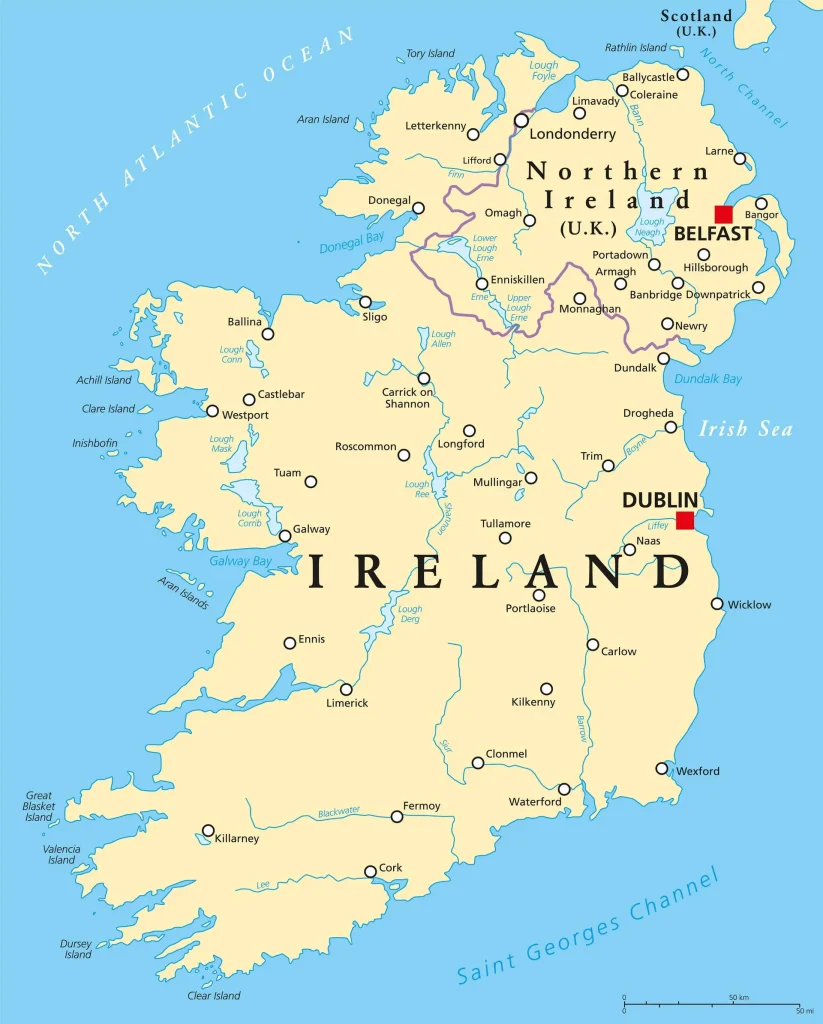
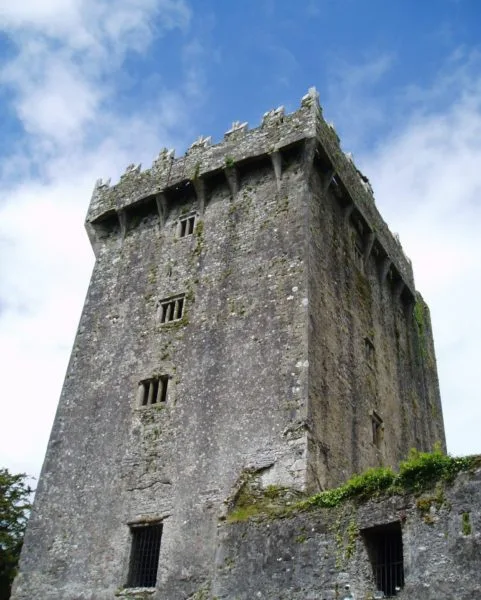
Act II : Fortifications
Following in the footsteps of England, Ireland learnt all about Normandy’s architectural and defensive system as fortresses were built throughout the land. Just take Bunratty Castle in County Clare, Malahide Castle outside Dublin, King John’s Castle in Limerick, the Rock of Cashel in County Tipperary and Blarney Castle in County Cork, famous for its stone that grants the gift of the gab with a kiss…
What were the Norman knights here to do? Protect the land from any uprisings. The castles, churches and abbeys capture a change in architecture, such as St Patrick’s in Dublin, St Mary’s in Limerick and St Canice’s in Kilkenny. Then there are fields and counties delineated by hedgerows (our iconic “bocage”) to form independent lands.
Act III : Exchange and dialect
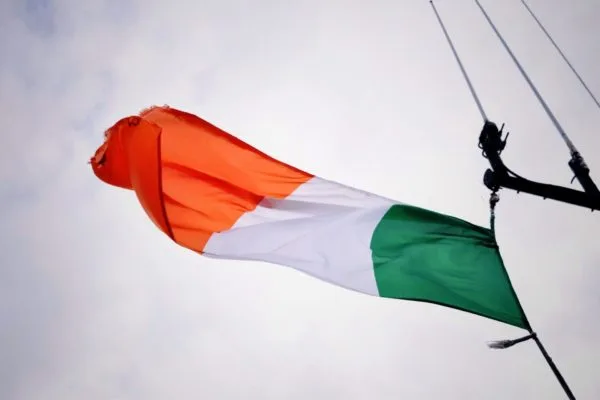
As often happens with invasions, the native and invading cultures come together as one over time. The Normans brought French words and encouraged the use of English which saw both languages flourish in Ireland.
Several Norman patois words appear in Gaelic, including “cóta”, meaning “coat” and derived from “cote”, and “broc” meaning “jug” just like in Normandy. We’ve all heard the names Butler, Lynch, Power, Joyce, Fitzgerald, Fitzmaurice, Tobin, Redmond, Shefflin and Joyce (just like James Joyce, the famous Irish author who wrote Ulysses), but did you know the surnames come from Normandy?
Act IV : rebuilding a town
Let’s fast forward: did you know that the Red Cross began in Saint-Lô in Normandy in 1944? In the aftermath of the war and like so many others at the time, the prefecture capital was a shell of its former self with its buildings and hospital left in tatters.
The Irish minister was visiting the town and decided to send in the Irish Red Cross to help with civilians. Volunteers and equipment landed in Cherbourg and made their way to Saint-Lô to build a hospital with 25 wooden huts and a hundred beds. You won’t believe who was among the volunteers… The famous Irish author Samuel Beckett!
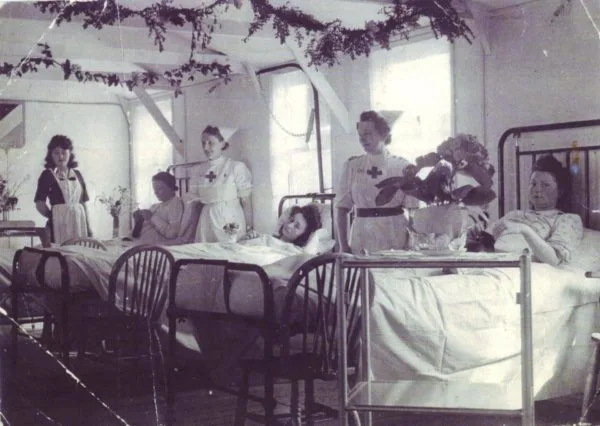
Act V : Business, maritime and student bonds!
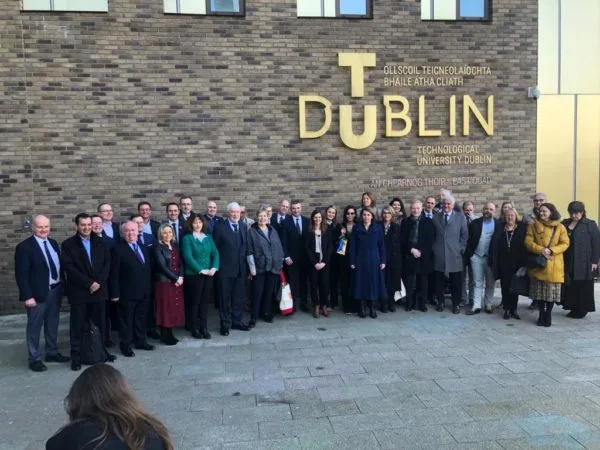
We’ve done the past, now let’s look to the present and future. Ireland has become the closest English-speaking country to Normandy in the EU since Brexit. That’s great news for business. The land is just a ferry ride from Cherbourg and its maritime transport is coming on leaps and bounds. A Norman delegation visited Ireland in June 2022 and February 2023. Why? To promote business and tourism as well as encourage exchanges, especially universities, with stronger collaborations and a partnership between EM Normandie and Technological University Dublin.
Forget about invasions; what’s going on between Ireland and Normandy is intelligent cooperation. A strong and peaceful friendship that was celebrated by the Normandy Food Tour between June 3rd and 5th 2023. The food tour by the regional tourist board visited three towns and cities with strong ties to Normandy: Dublin, Waterford and New Ross. Why? To strengthen our bonds with Ireland where people are learning more about their Normandy roots.
Let’s take a look at the Normandy Food Tour 2023
Thematics
Did you find this content useful?
Thank you
Thank you for taking the time to let us know that you found this content useful. Your encouragement is important to us, and your feedback helps us to improve.
Thank you
Thank you for taking the time to let us know that this content was not useful to you. We apologise for any inconvenience.
Share this content
Share this content
You might also like
- Caen
- Calvados
- Energie
- Innovation
- International
GANIL, a leading research facility for nuclear physics
Published on 26 May 2025
Reading time: 5 min.
- Cherbourg
- Green Normandy
- International
- Manche
- Maritime & freight industry
Jérémie Morizet and Clément Schapman set a deep-sea exploration record
Published on 06 Jan 2025
Reading time: 9 min.
- Green Normandy
- Industry
- Innovation
- International
- News
Normandy’s manufacturing industry is committed to the future
Published on 10 Dec 2024
Reading time: 2 min.
- Event
- Gastronomy
- International
- Network news
- News
World Calvados Day 2024, the third of its kind!
Published on 29 Nov 2024
Reading time: 4 min.
- Fécamp
- Food industry
- Food processing
- Gastronomy
- International
Published on 29 Nov 2024
Reading time: 5 min.
- Fécamp
- Food processing
- Gastronomy
- Heritage
- Seine-Maritime
Palais Bénédictine, entrepreneurial spirit
Published on 29 Nov 2024
Reading time: 4 min.
- Craft industry
- Doing business
- Green Normandy
- Innovation
- Norman
GLLU: sustainable furniture made in Normandy
Published on 06 Nov 2024
Reading time: 4 min.
- Doing business
- Expertise
- Heritage
- Living
- Study
Published on 10 Oct 2024
Reading time: 3 min.








